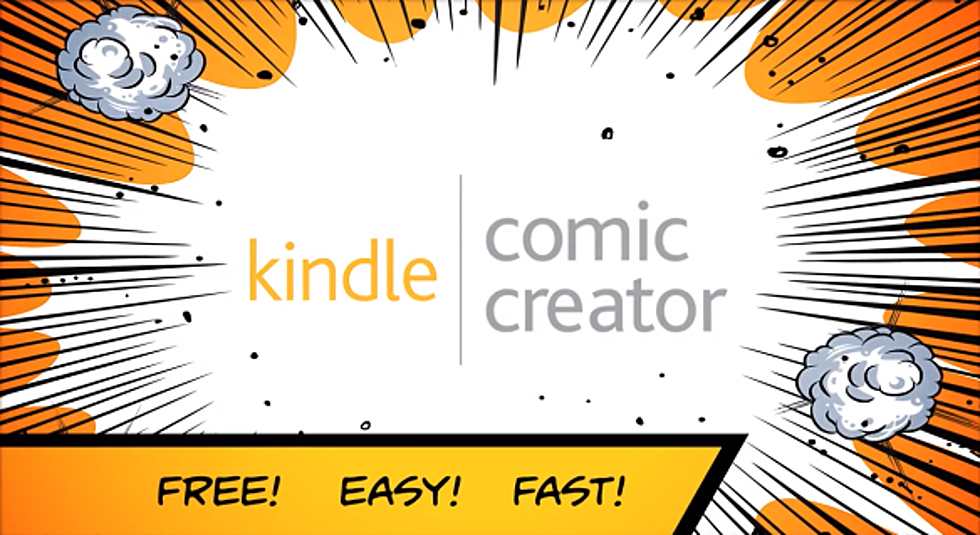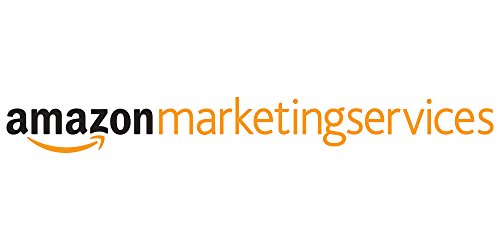Last Thursday, I taught a webinar for the community of social media strategist and entrepreneur Laura Rubinstein, founder of Social Buzz Club. In anticipation of the presentation I poured through the web pages of Kindle to hunt for the most noteworthy features. My overarching take, as a result of this exercise, is that the entire Kindle platform has evolved nicely. Occasional annoyances crop up. But it’s a generous iteration. Here is an article I’ve written to explain. NOTE: The KDP environs are constantly shifting, so don’t get complacent.

It’s not a secret that digital technology and the internet are the bomb! Totally disruptive. Totally innovative. Totally liberating. Totally exciting… to some of us.
We, the unapologetic self-publishers of 2019, want to tear down the barriers to success with getting our books published and in the hands of eager readers.
The User Experience Matters and Kindle Direct Publishing (KDP) Makes Good

Lots of people are afraid of technology because they find it cold, counterintuitive, and awkward to use. But technology is always improving, so shunning it does us no good. When we can find an instance of a place where the user’s experience of online design—an abstraction called UX by graphic designers—is logical, straightforward, and flows seamlessly in a clear progression, we should celebrate that to the max. KDP has drastically improved UX.
Whatever you think about Amazon “taking over the world” and Jeff Bezos’ rapid climb to the top of the social hierarchy in the United States, I think you’d have to admit that he understood the possibility of online technology to make our lives simpler and flowing before we did. That’s why he is such a powerful influencer — so wealthy.
Enter KDP

The admirably seamless UX is nowhere more evident in the Amazon stratosphere than in its publishing arm, Kindle Direct Publishing (KDP). When all the other stores were poo-pooing self-publishing, KDP started studying our writing and marketing habits and finding ways to serve us and invite us into partnership with them. The opportunity to partner with self-publishers on an open platform was an early opportunity missed by the arrogance of Barnes and Noble, which had the largest brick and mortar footprint across the nation. Now that everyone buys books online, B&N has been playing catch up in self-publishing systems. And as B&N catches up, KDP is forced to become even better so that we (self-publishers) remain loyal to it.
DIY authors are a hot commodity because we drive a lot of internet traffic to online stores. Knowing that we have options is liberating!
Self-Publishing Resources Expand
Let’s review the last decade of history. In this current “space race” of digital self-publishing, Amazon smartly bought a group of smaller companies and fit their offerings together to create a publishing jigsaw puzzle—the original print-on-demand paperback company, Book Source, was renamed CreateSpace. It remained known as such until Fall 2018, when this system was retired and everybody’s production files began to be rolled into Kindle Paperbacks — where royalty rates increased to a desirable 60 percent of retail price! NOTE: As of this writing, I believe all books on CreateSpace now have been transferred automatically to Kindle Paperbacks. None are left in the old platform–however, you can request your royalty statements.
Amazon (Kindle’s umbrella corporation) also chose (a few years ago) to buy Goodreads (a social platform where authors can interface with readers), then Audible (an audio publishing company), and more. At each step ordinary self-publishers have been invited to participate and empowered to do it for little to no money upfront.
Until this month, there have been a few elements of production that had to be done outside the web-based platform of KDP, but as software designers cobbled those together, these features have been integrated. Now KDP is quite robust. (I’m still making new discoveries on an almost daily basis — it’s fun, fun, fun.)
Writing and Design Come Together
A tipping point has been reached where the upgrades to the back-office publishing experience have made it possible to write and design books almost simultaneously, meaning that with a push of a button a respectable-looking book can be published in mere days.
The improvements on KDP benefit consumers too—because frankly, as convenient as portable reading devices like the Kindle are, the appearance of self-published ebooks has always been pretty awful. To keep the content “reflowable” (meaning, it can morph in size and appearance) the formatting had to be very plain. It was hard to add more bells and whistles to a book design that had to be converted into a software that couldn’t accommodate them. Until. Recently. Now conversion of ebooks is better in Kindle, and there are KDP design studios that make it possible to do “non-flowable” (or static, if you prefer) versions of heavily illustrated ebooks, such as graphic novels, children’s picture books, comic books, photography books, and more.

Progress leads to perfection, I suppose.
My one gripe this week is how the proofs of the new Kindle Paperbacks come with ugly “Not-for-resale” ribbons running around them and a big clunky neutral bar code flopped down over the very content an author is attempting to proof. Yes, there are idiots out there who try to sell their own paperback proofs (duh) instead of ordering their real book. But all of us shouldn’t get punished.
My praise for the week is how the customer service personnel seem to be more on their game. You can get to them through the dashboard in KDP or through the Author Central Author Pages.
Advertising Tools Join In

With the upgrades to its systems, DIY paperback publishers now have access to advertising tools on Amazon. Beta testing is being done (or has just been concluded, I’m not quite sure) on features for the ebook, like the X-Ray, where clickable links add value.
The thing I like about KDP is that when the company wants us to adopt a new behavior they create an inducement to do so. And those inducements usually are tools that increase our sales.
Savvy self-publishers need to know their own goals first so that they can discern which tools genuinely matter for them. Having tools available may empower some people more than others, depending on aptitudes for technology. This said, the good news is that help is definitely available, so authors can delegate tasks to support personnel that lie outside their own comfort zone. If they want to.
Stay in the Know
Taking a good close look at KDP’s dashboard every month or two can be beneficial to those who recognize that the space is constantly evolving; the best publishing practice is to be mindful of your books and not neglect them by fitting a quick analysis to the beginning or end of your week or after big marketing pushes. Try thinking of online publishing as like a video game. The more you know about the possibilities, the more likely you are to ring bells and be a winner.
Stay in touch with your books. Modify your description, pricing, and keywords periodically (how about monthly?!). And try out the new tools to assess them. Remember, KDP exists because it has always seemed like you and me and others like us wanted it.
If you’re new, don’t be shy. Come play with the rest of the kids in the DIY playground.
Links worth a look: